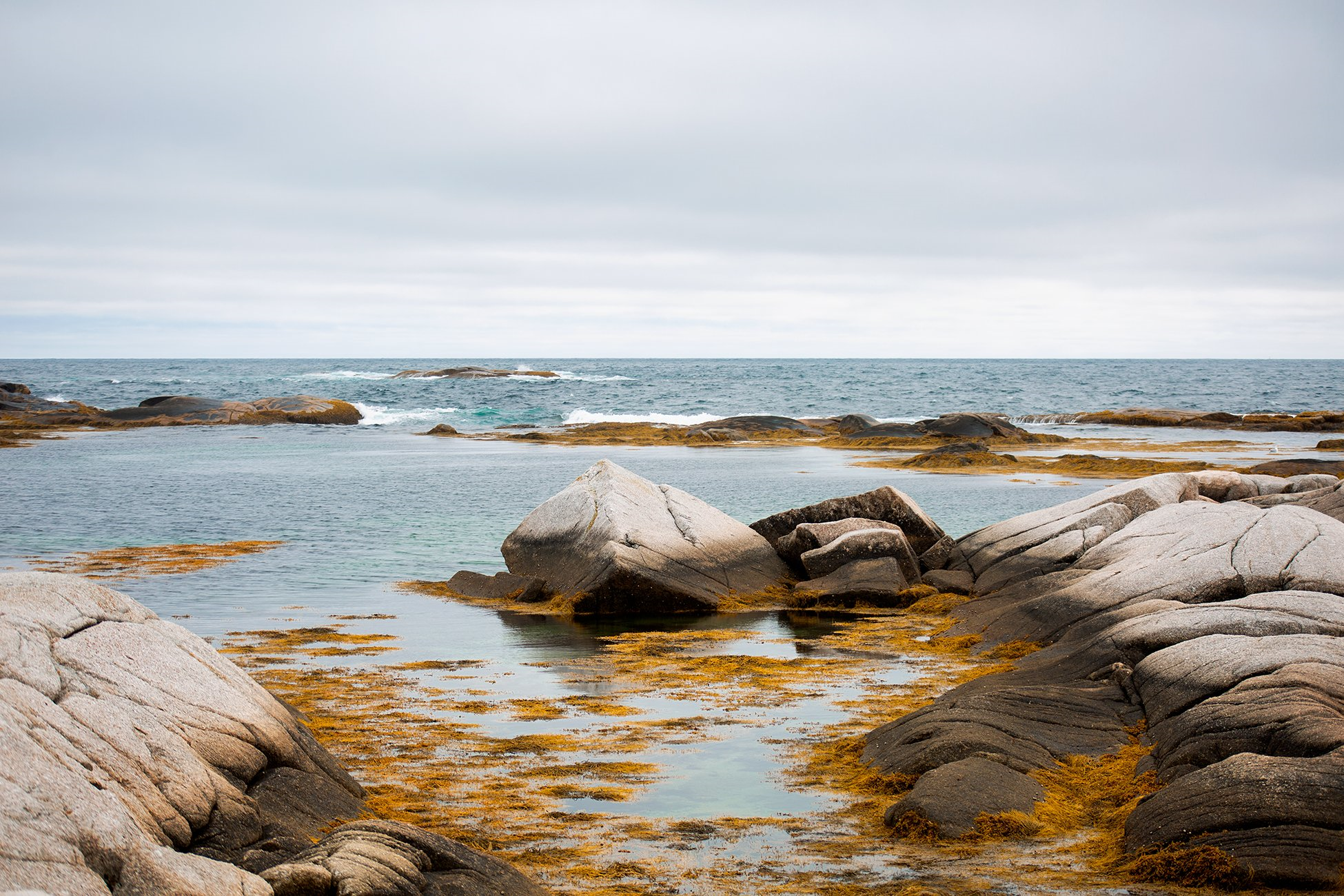
Maui County lawsuit (Clean Water Act)
- The Clean Water Act Prohibits discharges of pollutants from point sources to navigable waters without a permit
- Lahaina Wastewater Reclamation Facility Where Maui County discharged millions of gallons of treated sewage per day into the Pacific Ocean by pumping it into groundwater that flowed directly to the ocean
Maui County was essentially asking the Supreme Court to rewrite the Clean Water Act in the guise of interpreting it. This case has enormous implications for the bodies of water that the Clean Water Act was designed to protect.Scott Nelson, Public Citizen attorney who served as Supreme Court Co-Counsel
For years, Maui County discharged millions of gallons of treated sewage per day into the Pacific Ocean from injection wells at its Lahaina Wastewater Reclamation Facility. These discharges were injected into groundwater directly connected to the ocean just offshore of Kahekili Beach, where a one-pristine coral reef has been damaged by these pollutants. The Clean Water Act prohibits discharges of pollutants to navigable waters without a National Pollutant Discharge Elimination System (NPDES) permit, which Maui County never obtained.
In 2012, four nonprofit organizations – the Hawai‘i Wildlife Fund, the Sierra Club-Maui Group, the Surfrider Foundation, and the West Maui Preservation Association – sued Maui County for violating the Clean Water Act. The U.S. District Court in Hawai‘i ruled for the organizations and against the county in 2015. Maui County then appealed the decision. In 2018, the U.S. Court of Appeals for the Ninth Circuit affirmed the district court’s ruling. The Ninth Circuit held that discharging these pollutants directly into the ocean without an NPDES permit would violate the Act and that Maui County could not avoid this liability by doing so indirectly. Maui County then filed a petition seeking review from the Supreme Court, arguing that it should not have to get a permit because its discharges are “indirect,” because the pollutants flow through groundwater before reaching the Pacific Ocean. The Supreme Court agreed to hear the case.
Public Citizen got involved in the case in 2019, serving as co-counsel alongside Earthjustice for the four nonprofits. We argued that the Clean Water Act contains no exception for “indirect” discharges.
The Supreme Court ruled for our clients, holding that the Clean Water Act prohibits unpermitted discharges of pollution “into navigable waters, or when the discharge reaches the same result through roughly similar means.” Discharges that reach navigable waters through groundwater or other indirect ways are covered by the Act, the Court held, if they are the “functional equivalent” of a direct discharge.